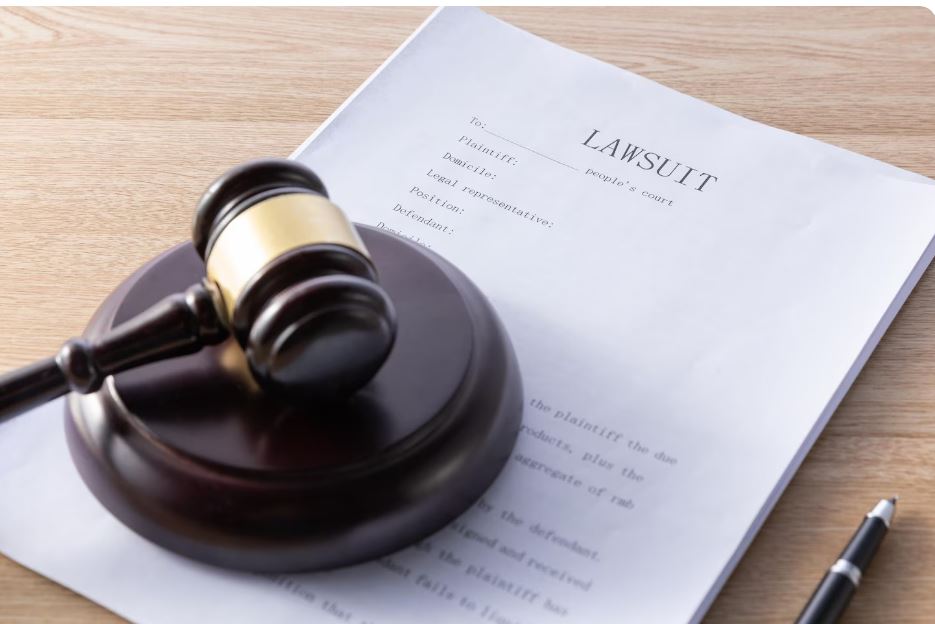
One of the most significant turning points in contemporary finance was the Zelle Claim Lawsuit, which demonstrated how convenience and speed can occasionally trump accountability. What started out as a stylish, easy-to-use payment app that brought friends and family together swiftly turned into a battlefield over responsibility, customer confidence, and the morality of online banking.
The 2017 launch of Zelle, a highly flexible payment tool that enabled almost instantaneous transfers straight between bank accounts, was hailed as a triumph of innovation. However, fraud increased along with usage. Criminals found that Zelle was a particularly alluring platform for deception because of its quick transaction system and low verification requirements. Money could shift between accounts in a matter of minutes, frequently disappearing before the victim even realized something was amiss.
| Attribute | Information |
|---|---|
| Platform Name | Zelle |
| Operator | Early Warning Services, LLC (EWS) |
| Ownership | Jointly owned by seven major U.S. banks, including JPMorgan Chase, Bank of America, and Wells Fargo |
| Founded | 2017 |
| Headquarters | Scottsdale, Arizona |
| User Base | Over 140 million U.S. account holders |
| Key Lawsuits | 2024 CFPB federal lawsuit (dropped March 2025) and 2025 New York Attorney General lawsuit |
| Reported Fraud Losses | More than $1 billion (2017–2023) |
| Lead Prosecutor | New York Attorney General Letitia James |
Early Warning Services (EWS), Zelle’s operator, was sued by New York Attorney General Letitia James in August 2025 for allegedly permitting over $1 billion in consumer losses. According to the filing, EWS and its partner banks, which include some of the biggest financial institutions in America, had been aware of widespread fraud for years but had done nothing significant to curb it. The Attorney General claims that this was a systemic disregard for consumer protection rather than just carelessness.
There are many accusations. Investigators discovered that Zelle’s rapid registration process lacked crucial verification steps, which made it possible for scammers to set up phony accounts that looked remarkably similar to those of reputable companies or governmental organizations. Users could not get their money back once they had transferred it. Even when the authorization was obtained through deceit, victims frequently encountered rejection from their banks, who maintained that “authorized” transactions could not be undone.
A New York customer who got a call from someone claiming to be a Con Edison representative was the subject of one especially instructive case. He sent almost $1,500 via Zelle to a phony account called “Coned Billing” out of fear that his electricity would be cut off. He discovered the error in a matter of hours, but his bank declined to help. That incident, which was extensively disseminated on social media, came to represent the annoyance that many people had with Zelle’s structure: quick, effective, but fatally harsh.
“A clear failure of corporate duty” is how Attorney General James characterized the situation. “No consumer should be left to fend for themselves after falling victim to a scam,” she stressed in her statement. In addition to damages and restitution, the lawsuit requests a court order compelling Zelle to implement more robust anti-fraud measures, such as mandatory compensation for confirmed victims.
Zelle has faced legal challenges before. In a related case brought by the Consumer Financial Protection Bureau (CFPB) in December 2024, Zelle and three large banks, JPMorgan Chase, Bank of America, and Wells Fargo, were accused of neglecting to stop and look into fraud complaints. However, in March 2025, that case was abruptly dropped due to administrative changes at the federal agency. New York brought the charges back to life at the state level within months, highlighting the widening gap between state-level enforcement and federal leniency.
With hundreds of thousands of unresolved fraud complaints and over $870 million in reported consumer losses, the CFPB’s initial findings presented a very alarming picture. Consumer advocates have described the banks’ alleged advice to some victims to get in touch with the scammers directly as “astonishingly irresponsible.” Many observers see New York’s lawsuit as an opportunity to hold EWS and its owners responsible and as a resuscitation of those unresolved issues.
Early Warning Services, Zelle’s parent company, reacted angrily. “Over 99.95% of all Zelle transactions occur without fraud,” a company spokesperson said, dismissing the accusations as “politically motivated.” According to the statement, Zelle serves more than 140 million users safely each day and is “highly efficient and exceptionally reliable.” However, detractors contend that even a tiny proportion of fraudulent transactions results in tens of thousands of destroyed savings accounts and incalculable psychological suffering.
Advocates for consumer rights claim that the case brings to light a more significant issue: the disparity between legal accountability and technological advancement. Although Zelle’s almost instantaneous transfers are incredibly convenient, they eliminate the safety net that was previously offered by traditional banking. There is essentially no recourse after a Zelle payment is sent, in contrast to a check or even a credit card transaction. That speed is a trapdoor for customers, but it’s gold for scammers.
The ramifications of the lawsuit go well beyond a single platform. It poses a crucial query regarding the obligations of technologically advanced financial systems: Should safety ever be sacrificed for speed? Regulators have started to make analogies to past fintech scandals, like the data privacy issues at Facebook or the trading outages at Robinhood, where innovation surpassed regulation. It took years for the public’s trust to return each time.
The court’s decision in this case may change the way peer-to-peer payment networks function. Zelle and other fintech apps might have to implement automated refund procedures, real-time fraud alerts, and additional verification layers if the New York Attorney General’s office is successful. According to financial experts, these changes could make digital banking safer and more equitable, regaining the trust of regular users who currently feel abandoned when scams happen.
There is a human element to the courtroom drama that is frequently missed in regulatory discussions. Users who valued simplicity—parents sending money to their kids, small business owners paying suppliers, and friends splitting rent—were the driving force behind Zelle’s explosive growth. For these people, trust was assumed rather than merely expected. There are emotional repercussions in addition to financial ones when that trust is lost.
The relationship between customers and their banks has become strained as a result of what started out as a platform intended to simplify interpersonal relationships. Many see this lawsuit as a kind of long-overdue accountability, a call for the organizations that were established to safeguard them to finally be accountable for the instruments they support.
As this case develops over the next few years, it may mark a sea change in digital finance. Expectations for increased transparency and consumer redress are likely to rise, whether as a result of industry pressure or legislative reform. Therefore, the Zelle Claim Lawsuit is about more than just lost money; it’s about regaining trust in a time when having money feels as ephemeral as a single smartphone swipe.
